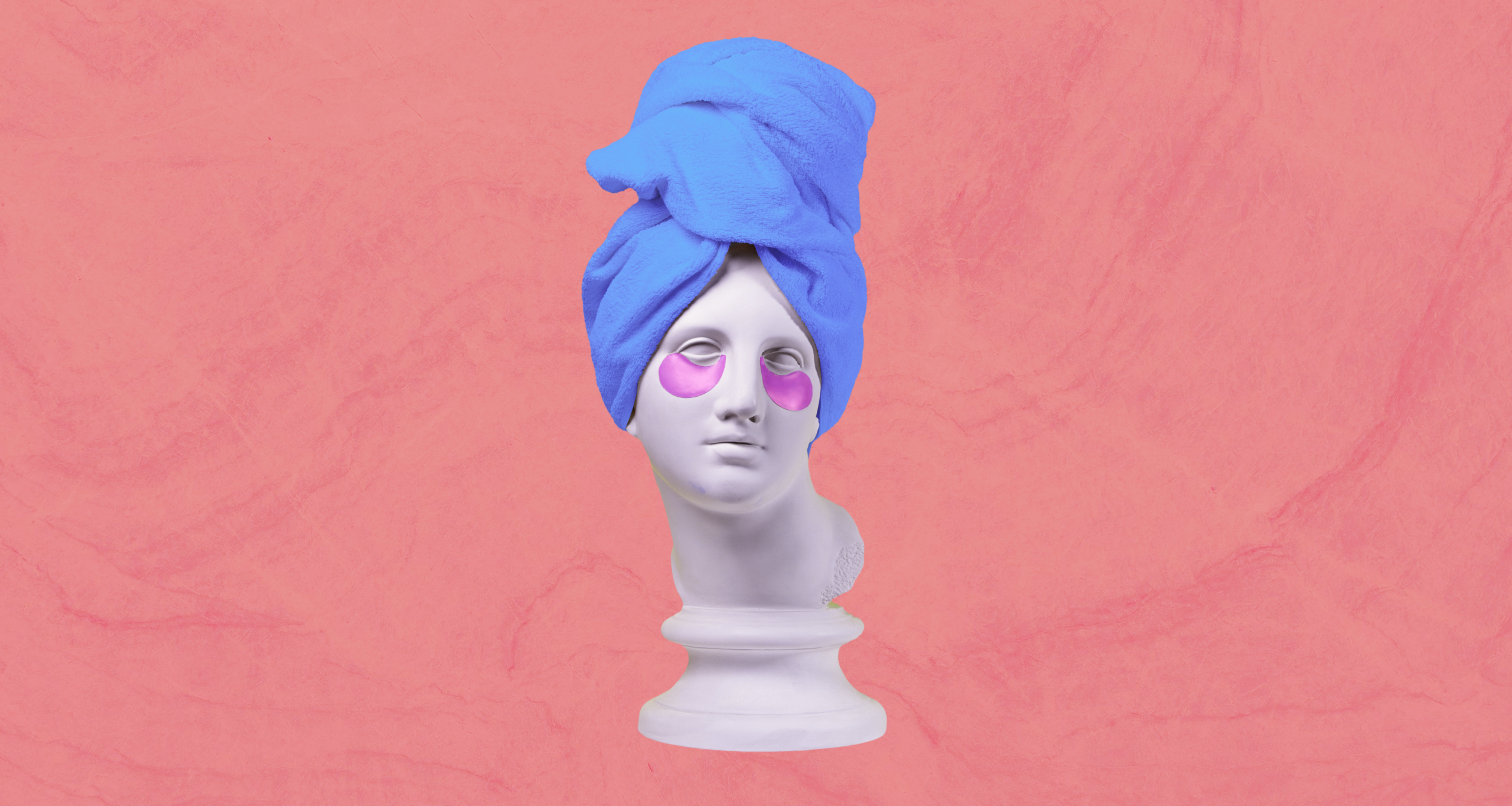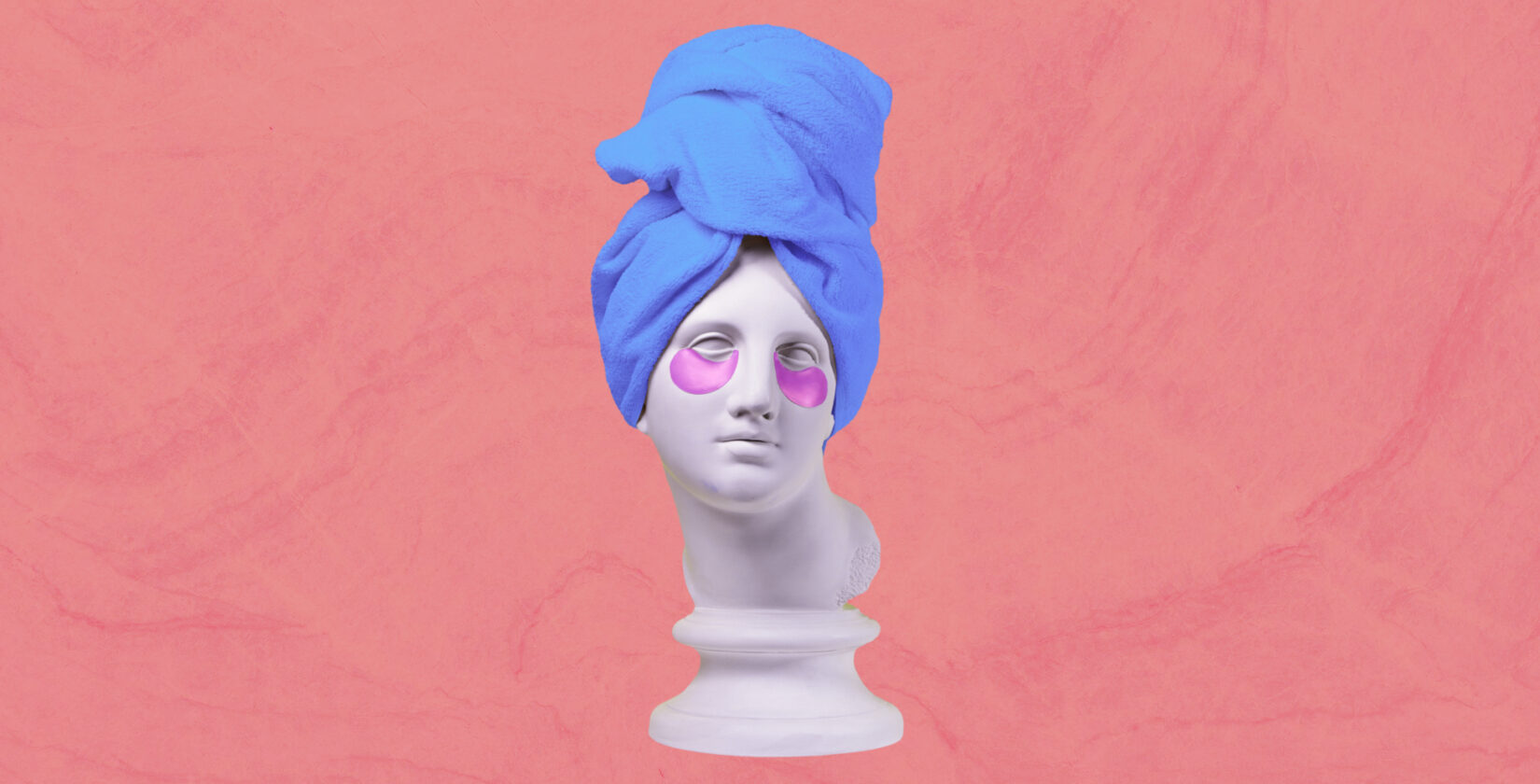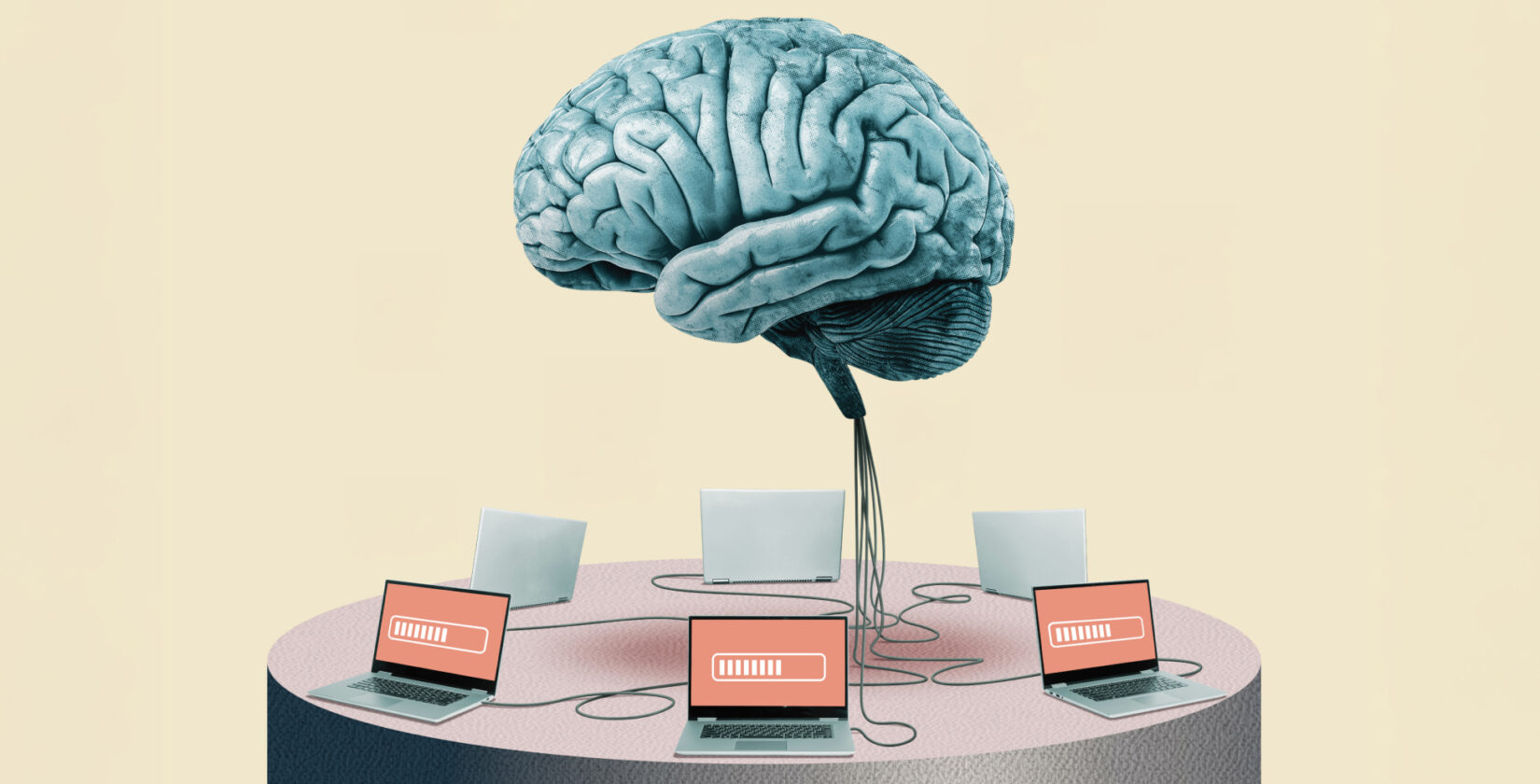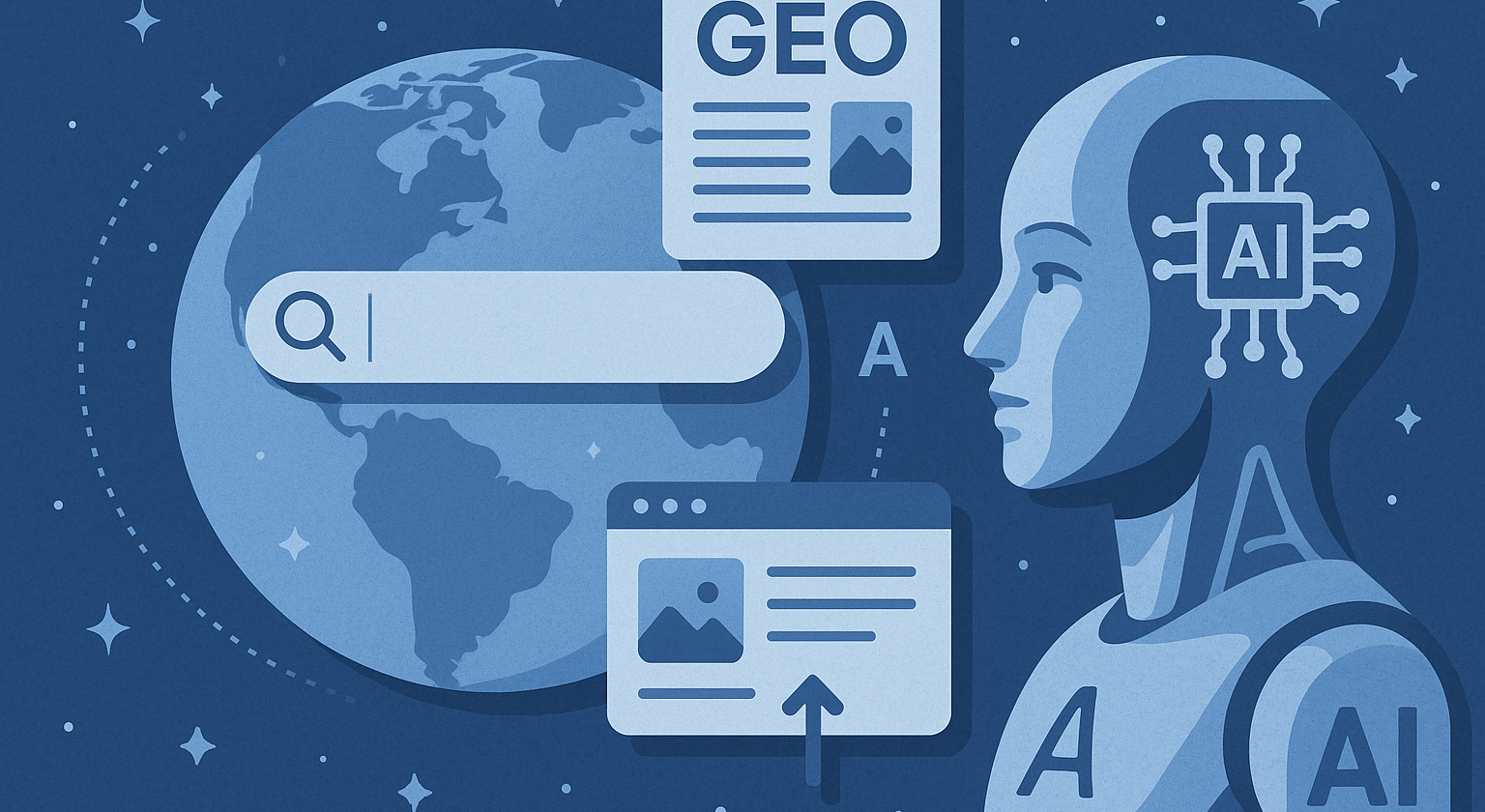
Aesthetics marketing, once obsessed with polished perfection, is undergoing a transformation. And no, it’s not a filter. It’s a full-blown makeover.
Beauty consumers expect more than airbrushed promises. They want transparency, relevance, and messaging that meets them where they scroll. In response, brands are shifting from aspirational gloss to grounded storytelling, powered by data and designed for conversion.
To explore this evolution, our team sat down with Aesthetic Insights for a discussion about what’s next for the industry. Here’s how the agency that’s in your business is helping aesthetics brands win in one of the most competitive markets around.
Authentic Beauty Branding: Why Real Stories Drive ROI
“The most successful aesthetics brands are not just showing up. They’re showing truth,” says Caterina Toscano, Senior Director, Media & Influencer Marketing. That means behind-the-scenes moments, real patient stories, and educational content that does more than sell, It informs.
Striking visuals still matter, but only when they’re paired with substance. “People are tired of perfection,” Toscano adds. “They want something that is relatable. That’s the new gold standard.”
The aesthetics crowd is embracing “skinimalism” paired with high-tech beauty. It’s about products that do more with less, inspired by a growing fondness for nostalgia. Think packaging that harks back to the 90s but houses cutting-edge formulations (because who doesn’t love a nod to vintage while chasing tomorrow’s glow).
Building Consumer Trust in Aesthetics Marketing
Gone are the days when a flawless before-and-after could seal the deal. Today’s consumer needs seven to twelve brand touchpoints before converting, and each one needs to build trust.
“Think of it less like a funnel, more like a friendship,” says Elizabeth McKenna, Supervisor, Media & Influencer Marketing. “Whether it’s a well-timed text or a real client sharing their journey, it’s all about connection, not conversion pressure.”
The most effective brands are investing in holistic experiences: SMS, influencer partnerships, educational content, and in-practice interactions that build credibility with every touchpoint.
Using SMS to Boost Aesthetics Consumer Engagement
SMS isn’t just for flash sales. It’s a relationship tool. “Re-engagement via text is exploding,” McKenna explains. “Something like, ‘We saw you checking this out. Here’s 10% off,’ works because it feels personal.”
In this saturated, short-attention-span marketplace, SMS cuts through. It’s immediate, direct, and increasingly essential for nudging curious consumers toward conversion.
Turn Real Customers into Authentic Beauty Influencers
Allie Meltser, Planner, Media & Influencer Marketing, has a clear message: Your most powerful advocates aren’t always influencers. They’re loyal customers with authentic stories.
“There’s a massive opportunity in making the everyday user the star,” Meltser says. “Audiences crave honesty. Campaigns that spotlight real people, shot in natural light, sharing real results, deliver stronger emotional resonance and real ROI.”
How AI Is Transforming Aesthetics Marketing
AI in aesthetics marketing isn’t a gimmick, it’s a growth engine. Clever beauty brands are using it to power everything from personalized skincare quizzes to thumb-stopping visuals.
“The smartest brands are using AI not to replace creativity, but to enhance it,” says Melissa Pardo, Head of Content and PR. “It opens doors to smarter, more emotionally resonant marketing, but only when used with intention.”
That intention matters more than ever. As McKinsey notes, the gap between brands that scale generative AI and those that don’t is only going to widen. Applied strategically, gen AI enables hyperpersonalized targeting, immersive product discovery, and faster packaging development which gets ideas to market with more relevance and less friction.
But none of it works without a human in the loop. “Consumers are sharp,” Pardo emphasizes. “They can spot inauthenticity a mile away. AI should add value, not trick people. And it has to reflect your brand voice or it risks doing more harm than good.”
Targeting the 45-64 Beauty Consumer with Strategy
The 45-to-64-year-old demographic is stepping back into the spotlight. “They’re informed, engaged, and willing to invest in feeling and looking good,” says Toscano.
As younger audiences become more cautious with spending, this mature cohort is driving growth. Winning with them requires a shift in tone, “less Gen Z slang, more science-meets-style storytelling that treats maturity with respect and aspiration.”
Aesthetics Marketing Strategies Across Social Platforms
Aesthetics consumers live online everywhere. Instagram still dominates, TikTok is great for discovery, and static ads are quietly outperforming video when it comes to conversions.
“It’s not about picking the perfect platform,” Toscano explains. “It’s about crafting an integrated strategy that reflects how people move across channels, moods, and devices throughout their day. We’re platform-agnostic because your audience is, too.”
Crossing Wellness, Beauty & Luxury: Aesthetics Brand Trends
The aesthetics category is converging with luxury, wellness, and lifestyle with the smartest brands building cross-category presence that reflects how people actually live.
“From skincare in Nordstrom to membership models and upscale hospitality partnerships, we’re seeing the lines blur between self-care, beauty, and luxury,” says McKenna. “This isn’t a fleeting trend. It’s a new business model.”
Moontide sees this as a major opportunity for clients ready to reposition or expand from studio to showroom, treatment room to retail floor.
Modern Out-of-Home Tactics for Aesthetics Brands
OOH isn’t just about billboards and bus wraps anymore. It’s about buzz and the brands generating it are creating real-world moments that feel too good to scroll past.
“It’s not about being seen. It’s about being remembered,” says Allie Meltser, Planner, Media & Influencer Marketing. “The smartest aesthetics brands are turning physical space into a full-sensory experience — one that feels personal, shareable, and impossible to ignore.”
“Immersive activations at events like Coachella, Stagecoach, or Washington Square Park are redefining what beauty marketing looks like,” says Meltser. “It’s not about being seen. It’s about being remembered.”
We’re talking about the FOMO effect: activations that make people line up at 4 a.m. just to say they were there. The PARKE pop-up in NYC is a prime example. With storefront lines down the block and early birds scoring exclusive product drops and gifting, it turned a one-off event into a must-follow cultural moment.
Or take Saie’s ‘Café Saie’ pop-up in Austin. A beauty-meets-wellness masterclass. Free matcha lattes (featuring their own blend), influencer-led 5K run clubs, and on-site makeovers from Saie pros made the event a hit across beauty, wellness, and lifestyle audiences. It wasn’t just an activation. It was a brand world consumers could step into.
These immersive events do more than entertain. They build brand equity, spark organic UGC, and leave a lasting impression long after the photo ops end. For aesthetics brands, there’s massive opportunity to apply this thinking to HCP events, trade shows, and localized market activations.
“Why settle for a tabletop when you can create a destination?” Meltser adds. “The right OOH experience doesn’t just create content — it creates culture.”
Unexpected Collaborations That Elevate Aesthetics Brands
What do HydroJug and 818 Tequila have in common? Not much — and that’s the point. Their partnership is proof that unexpected collaborations generate buzz and spark fresh consumer conversations.
“There’s huge white space for aesthetics brands to do the same,” says Pardo. “Whether it’s a pop-up in Nordstrom or an influencer collab no one saw coming, the brands that take smart risks are the ones getting talked about.”
B2B Aesthetics Marketing with a B2C Mindset
LinkedIn isn’t the only place business happens. For aesthetics brands marketing to healthcare practitioners or clinical partners, the most effective campaigns blend B2B strategy with B2C creativity.
“HCPs are still consumers,” Pardo explains. “They scroll Instagram, engage with storytelling, and respond to great content. A sales sheet won’t cut it. Whether you’re targeting providers or patients, the marketing still needs to work emotionally, and quickly.”
Our Aesthetics Marketing Expertise
We’re not just in the aesthetics space. We’re in your business.
With a portfolio that spans skincare, injectables, and wellness, we help brands translate science into storytelling, campaigns into conversions, and impressions into impact. Our strength lies in blending full-funnel strategy with insider insight, delivering it all with precision.
And yes, we track it. From paid to owned to earned, we measure what matters: scrolls, clicks, conversations, and ultimately, results.
As Pardo puts it, “Yes, aesthetics is a serious space. But that doesn’t mean your marketing has to be boring. The brands that win are the ones brave enough to be human.”
The Future of Aesthetics Marketing Starts with Trust
The aesthetics industry is shifting, fast. Consumers are smarter. Attention spans are shorter. And the pressure to perform is higher than ever.
But while the platforms may change, one thing remains true: trust drives action.
Moontide doesn’t just adapt to this landscape. We shape it. We bring bold ideas, informed strategy, and audience-first thinking to every campaign. Because we’re not just an agency. We’re in your business.
And that’s a message even the most skeptical, scroll-happy shopper can trust.
Want to learn more about our work in aesthetics marketing?
Let’s talk strategy, skincare, or the science of standing out: hello@moontide.agency





